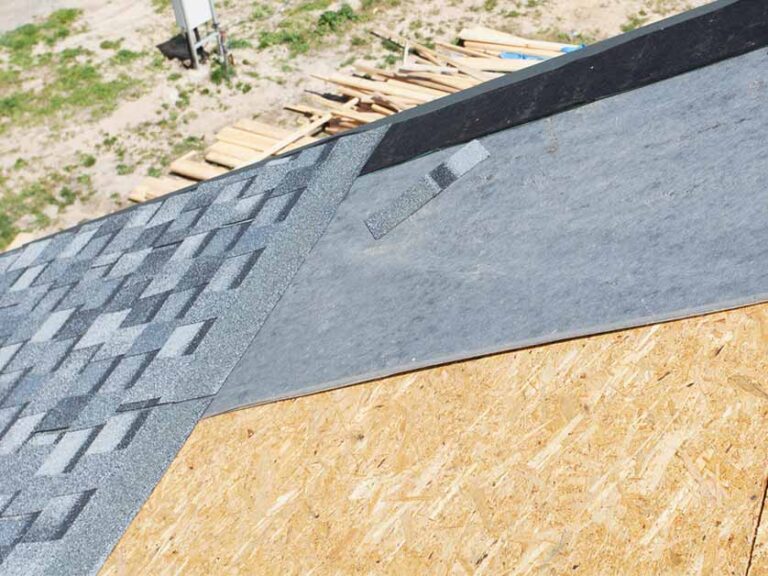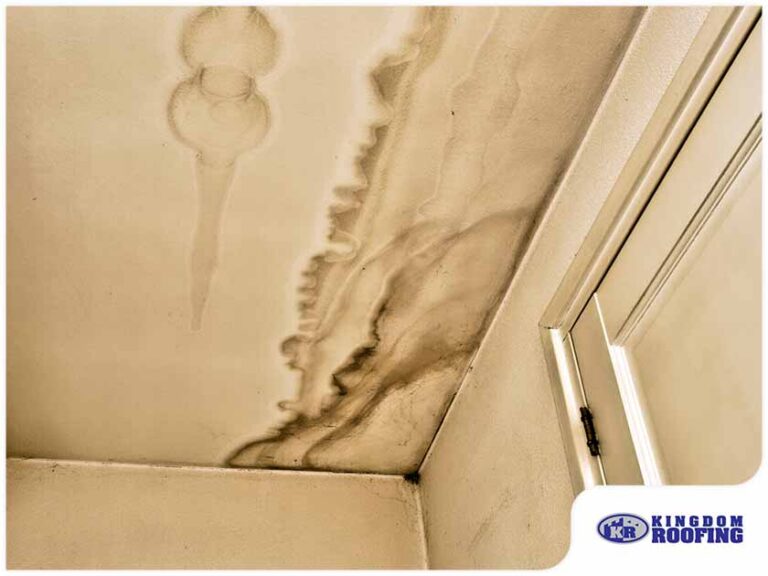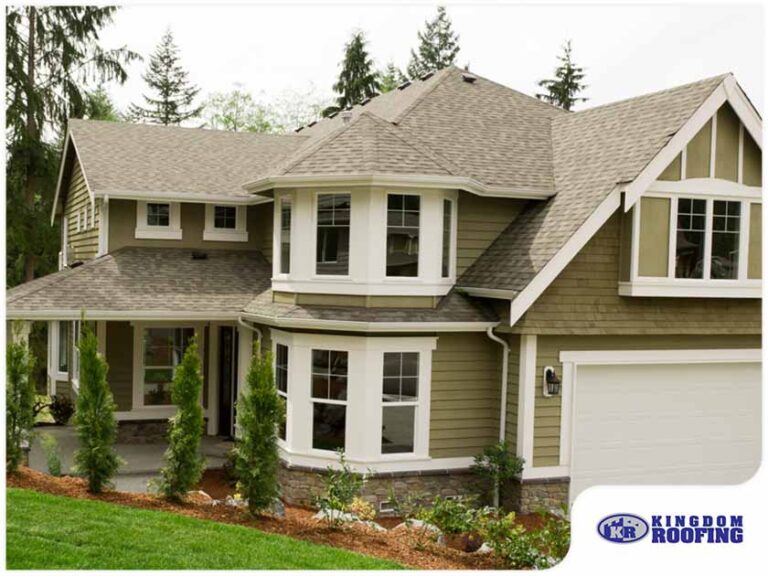Your roofing system consists of numerous components, each playing a critical role in protecting your home from the elements. One of the most notable is the underlayment, which is located beneath the roof’s outer covering. It acts as a secondary barrier against water intrusion. As with most roof components, it is not impervious to wear and tear, and at some point would require replacement. We explain more in this article.

The Role of Underlayment in Roofing Systems
The underlayment serves as a critical moisture barrier, protecting the roof deck from water infiltration that can lead to mold growth, wood rot, and compromised structural integrity. Over time, however, exposure to severe weather conditions, including the intense sun and heavy rain typical of the local area, can degrade the underlayment. Once the underlayment fails, even the most durable roofing materials can’t prevent water damage.
The Necessity of a Tear-Off
Opting for a complete tear-off during a roof replacement offers several benefits. This approach involves removing all the old roofing materials, including the underlayment, down to the roof deck. While this method is more labor-intensive and costly upfront, it allows for a thorough inspection of the underlying structure. Detecting and addressing any hidden damage early can save property owners significant time and money in the long run.
Furthermore, a tear-off ensures that the new roofing system starts with a clean slate, maximizing the lifespan of the new materials and enhancing overall roof performance. By replacing the old underlayment, you can also be sure that your roof meets current building codes and manufacturer specifications, which often require or highly recommend new underlayment for warranty purposes.
The Advantages of Modern Underlayment Materials
Technological advancements have significantly improved underlayment materials, offering superior protection against moisture and increased durability compared to older products. Modern synthetic underlayments, for example, are engineered to be more wear-resistant, water-repellent, and breathable, allowing moisture from inside the attic to escape while keeping external water out. Choosing a high-quality, modern underlayment material during a roof replacement can significantly enhance the roof’s resistance to local climate challenges.
Ensuring Compliance With Local Building Codes
Roofing projects are subject to local building codes designed to ensure structures can withstand the region’s specific weather conditions. Replacing old underlayment during roof replacement is not just a recommendation; in many cases, it’s a requirement to comply with these regulations. A complete tear-off provides an opportunity to update roofing components to meet or exceed current standards, contributing to the overall safety and resilience of the property.
Get in Touch With Us!
The decision to replace old underlayment during a roof replacement is critical for the longevity and performance of your new roofing system. By opting for a complete tear-off, property owners can take advantage of the opportunity to address any concealed issues, upgrade to modern, high-performance underlayment materials, and ensure compliance with local building codes.
For all your residential roof replacement needs, turn to Kingdom Roofing. With our team’s expertise and commitment to quality, we can guide you through the process, ensuring that your new roof offers the highest level of protection for years to come. Give us a call today at (941) 217-2411 for a free roofing estimate. You can also visit our website and fill out our convenient online form.



